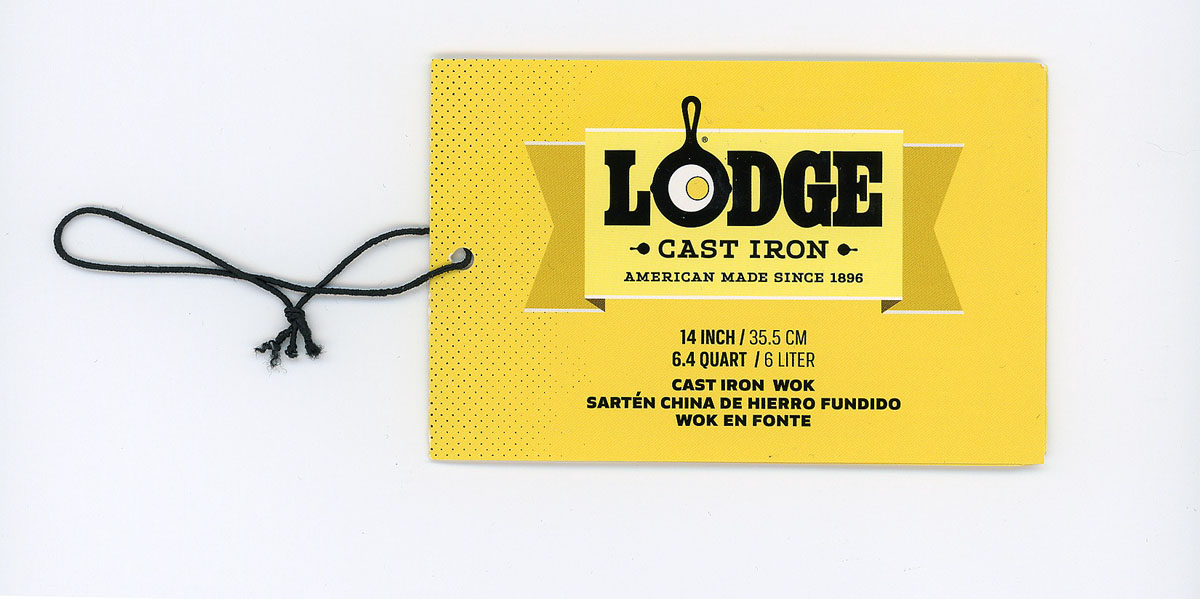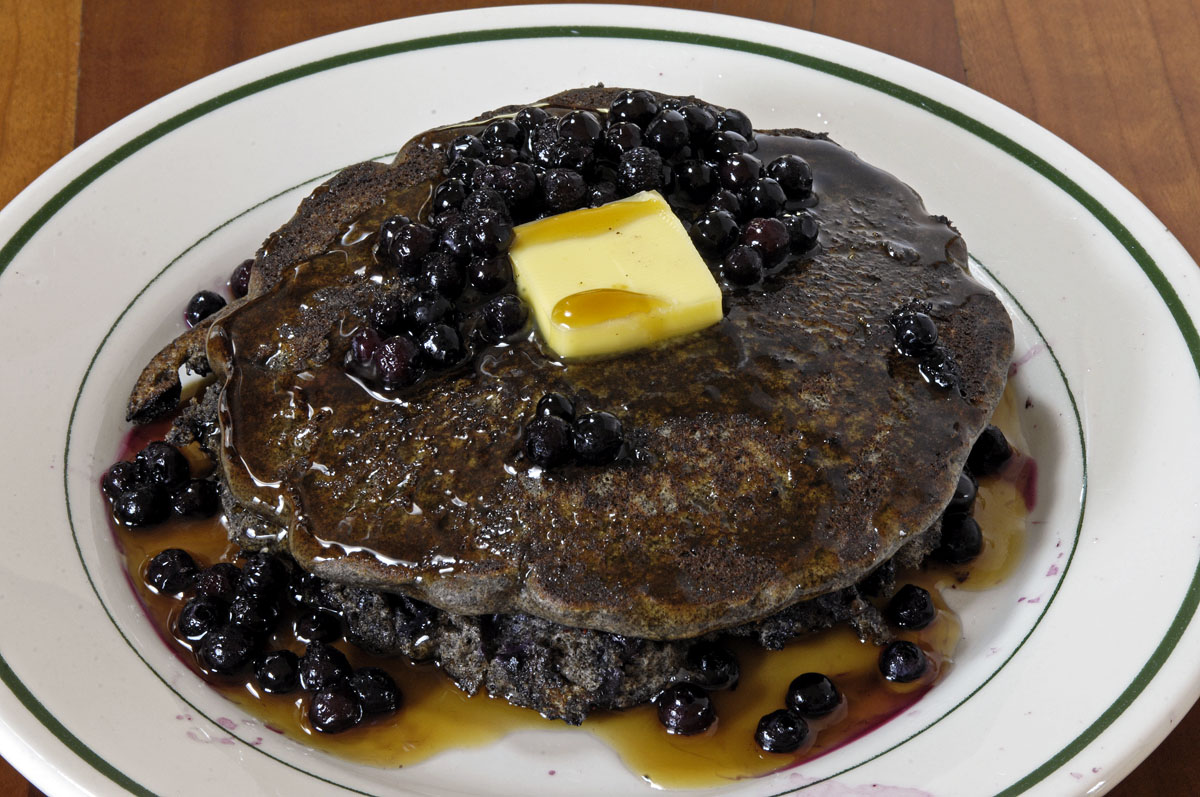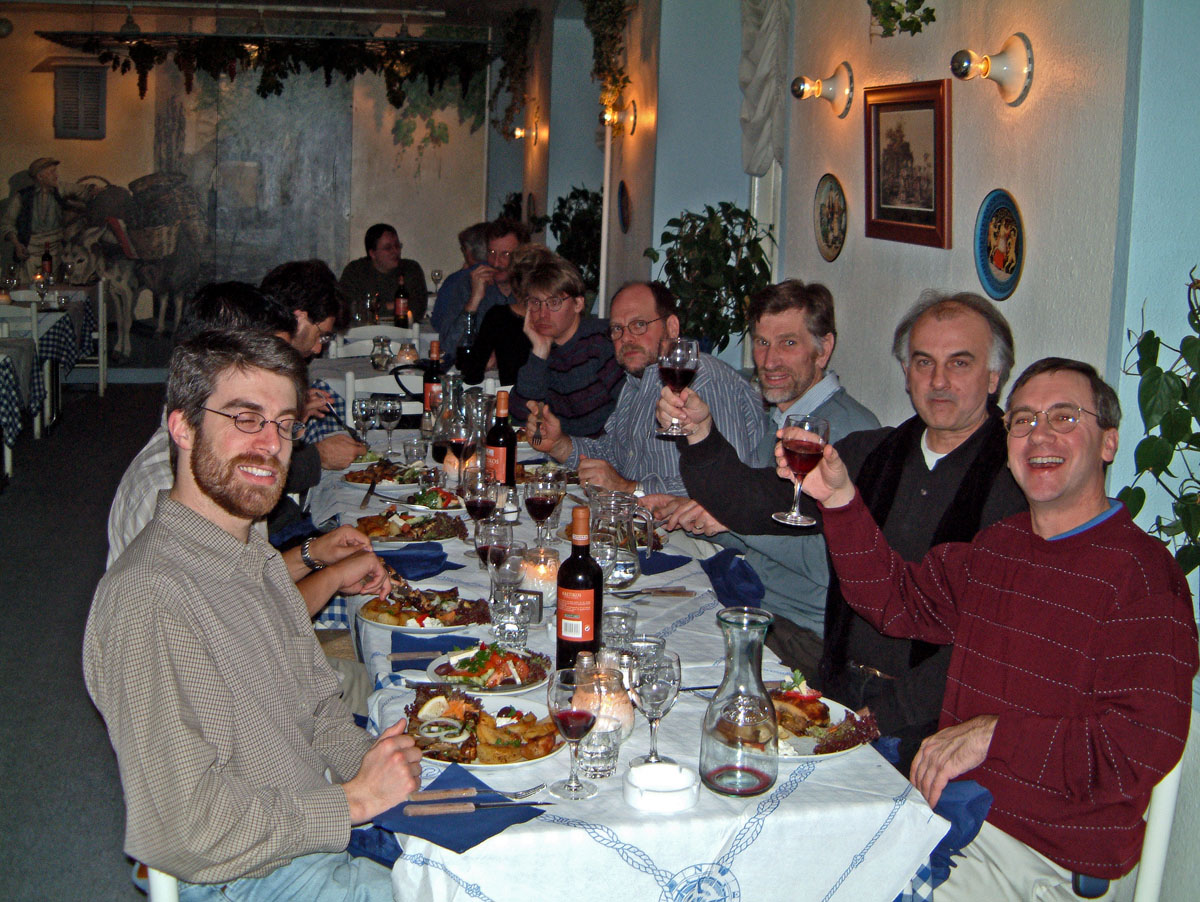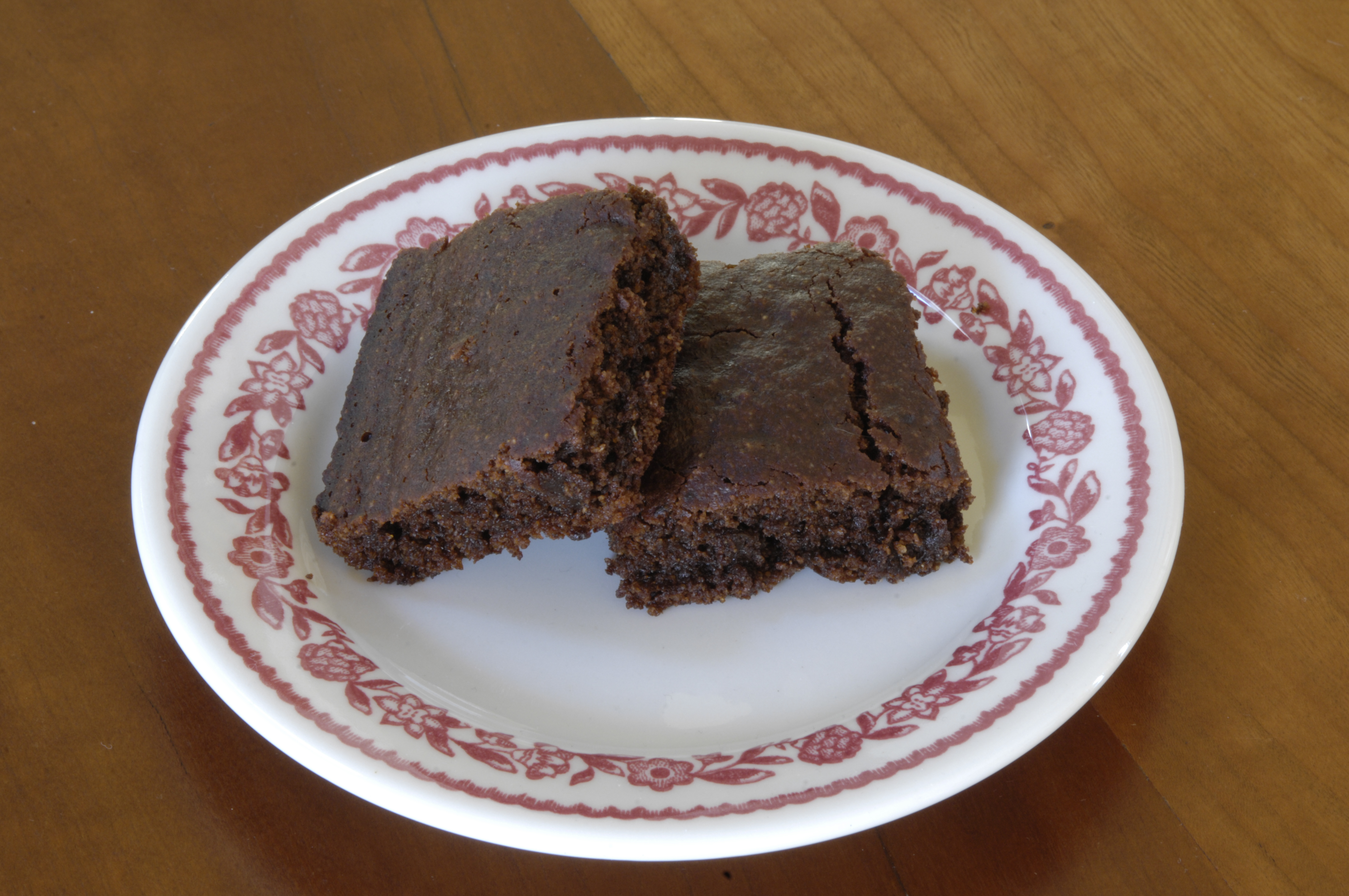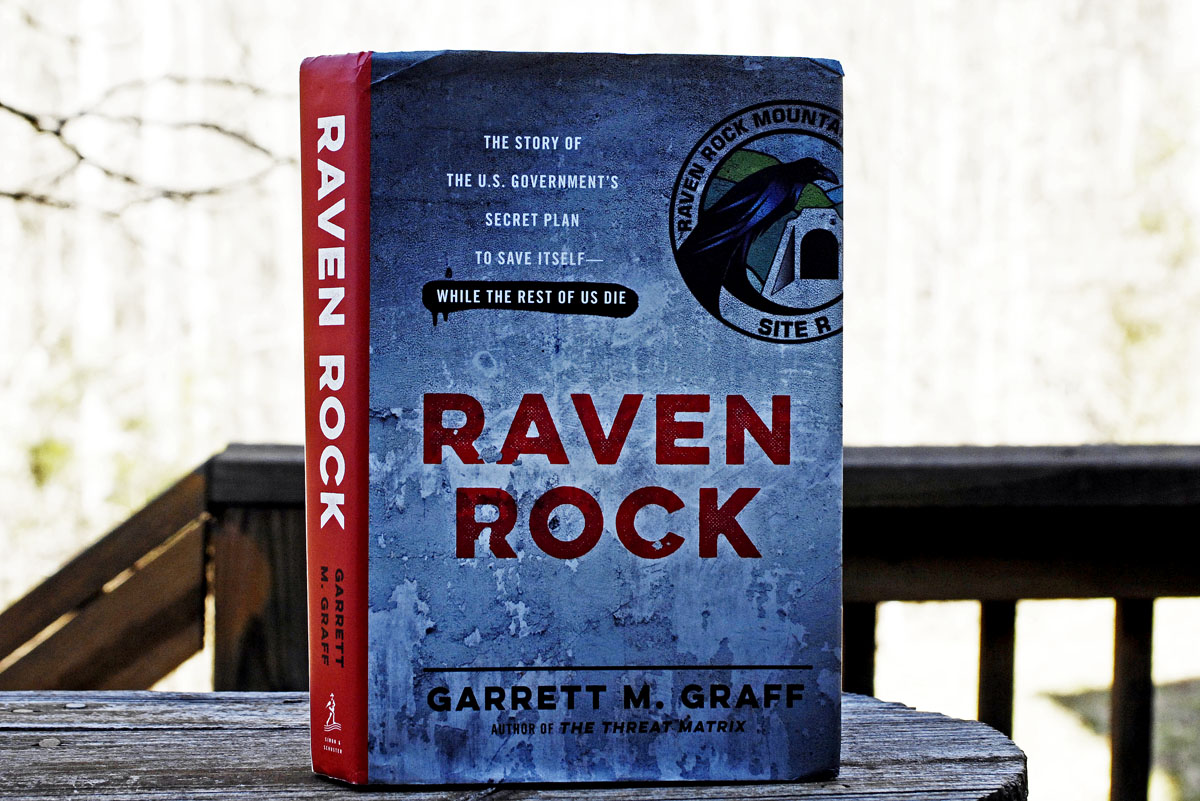Since Michael Cohen’s career as a lawyer is over, he’ll be looking for a new job when he gets out of prison in 2022. I’d suggest that he move his family to Los Angeles, make a fresh California start, and get into the business of writing screenplays. Assuming that he wrote yesterday’s opening statement himself, he’s a good writer. Also, the year 2022 should be about the time Hollywood will start producing its first documentary blockbusters on the Trump catastrophe. Cohen will be a rich man again in no time, and an honest man to boot.
If you view the Trump catastrophe as a terrifying made-for-TV drama now in its third season, yesterday’s hearing before the House Oversight Committee was the episode in which the plot turned. Until yesterday, the prospect of justice was remote. The ugliest characters in American history were stealing everything they could carry off and smashing the rest. They were getting away with it. Viewers were aware of a mysterious character named Robert Mueller, who was seen once or twice in short scenes, emerging from a black sedan with his briefcase and hurrying through the door of the FBI building. But Mueller has had no speaking lines so far. For three seasons, viewers could easily believe that the villains were going to keep getting away with it all. The first three seasons were an international spectacle of crime, corruption, and treason. It was clear what the villains were doing to America: Neutralizing the rule of law, poisoning our politics, turning 40 percent of the population into lie-eating zombies, turning the U.S. into the new Russia with billionaires and oligarchs fully in control, and looting yet another country with impunity, this time the United States.
At last, yesterday, from the grandeur of the U.S. Capitol, with millions of people watching, the script gives us this:
I am ashamed of my weakness and misplaced loyalty — of the things I did for Mr. Trump in an effort to protect and promote him.
I am ashamed that I chose to take part in concealing Mr. Trump’s illicit acts rather than listening to my own conscience.
I am ashamed because I know what Mr. Trump is.
He is a racist.
He is a con man.
He is a cheat.”
At last, one of the key characters is saying what we’ve long known, having watched all three seasons so far. The wheels of justice have started to roll.
The screenplay of the Trump catastrophe will surely follow classical storytelling structure from here on, with justice done in the end and lots of bad guys perp-walked off to prison. But classical storytelling structure also calls for one more crisis, the worst crisis of all, a crisis so severe that we are forced to abandon our new hope. Technically, this crisis should occur just before the final elements of justice move into place. The villains, in a diabolical act so ghastly that we would not have thought it humanly possible, will make one last desperate effort to turn the tables back toward evil. Having nursed our hope through the entire fourth season, in the season-ender episode all hope is lost.
I am not being entirely unserious here. That’s because the Trump-catastrophe-as-reality-show accords with how Trump sees himself and how he sees the world — as posh reality TV with himself as the star. He spends half his day in the White House watching television. He is obsessed with ratings. And though he is too stupid to come up with a plot or write a screenplay on his own, he nevertheless has a primitive dramatic instinct. When the time comes, and when the long arm of the law lays its hand on Trump’s shoulder, he will not be able to resist one final act of appalling destruction to try to save himself.
Who could have guessed that, compared with Trump, the vile Richard Nixon was just a petty amateur? Garrett Graff writes in Raven Rock that, during the last days of Nixon’s presidency, James Schlesinger and Henry Kissinger became concerned that Nixon might do something foolish as payback or distraction, and they gave instructions to the military that no nuclear orders from Nixon would be executed without Schlesinger and Kissinger signing off.
Trump, a monster from the same mold as Nixon but worse, will have the same impulse. Let’s just hope that the Deep State will once again come to our rescue. That the Deep State should take precautions to save the country from depraved politicians is not surprising. What is surprising is that, in this screenplay, the Republican Party actually perverts itself into an enemy of justice and goes to war against congressional accountability, the Department of Justice, and maybe even the Pentagon before this is all over. After Trump, the Republican Party, having gone full fascist and embraced criminality and treason to stay in power, is doomed for a hundred years.
Yesterday’s screenplay also included hilarious scenes in which those who are still covering for Trump make pluperfect fools of themselves — for example, Rep. Jim Jordan from Ohio. He doesn’t seem to have a clue how this is all going to end, so he doesn’t realize the video of himself as dolt and villain that he has contributed to future documentaries.
Still, once the Trump catastrophe is finally brought to a close, the documentaries are made, and history moves on, we will still leave the theaters shaking our heads, worrying over the same old unanswered questions: How can people be so dumb? And how can people be so mean?
Update: I’m not kidding about a final crisis. As for what such a crisis might look like, Michael Cohen actually warned the U.S. Congress, and the world, yesterday:
“Indeed given my experience working for Mr. Trump I fear that if he loses the election in 2020 that there will never be a peaceful transition of power, and this is why I agreed to appear before you today.”
And given the ever-deepening stupidity and treason-coddling of the Republican Party, they may be stupid enough to go along with it. There is zero chance that Trump will be around to run for re-election in 2020. But the problem would be the same: getting him and his remaining accomplices out of the White House and out of the U.S. Congress.





